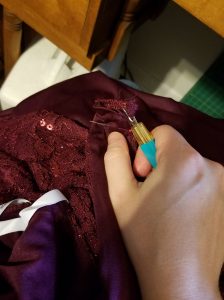 One of the first rules of sewing my mom taught me was how to use a seam ripper. It seems backwards, doesn’t it? Learning how to undo a seam instead of put one in. But it has come in handy time and time again, especially when learning how to do a zipper. If you don’t get those stitches in correctly the first time, there’s no point trying to make it work. A zipper has to be stitched in just the right way or it won’t work … not to mention how sloppy it looks.
One of the first rules of sewing my mom taught me was how to use a seam ripper. It seems backwards, doesn’t it? Learning how to undo a seam instead of put one in. But it has come in handy time and time again, especially when learning how to do a zipper. If you don’t get those stitches in correctly the first time, there’s no point trying to make it work. A zipper has to be stitched in just the right way or it won’t work … not to mention how sloppy it looks.
Lately, I have been doing some sewing for friends. I’ve helped take a prom dress in a bit, sewing up the slit where it was too high. I altered three bridesmaid dresses and a couple of sleeves on a suit coat (that was crazy complicated). And I’ve made a baby blanket, and am working on a few things for my son’s room as we transition him to a “big boy” room instead of the things had had as a baby.
Needless to say, there have been many stitches put in on all those projects. But when altering a dress, I had to remove even more than I put in.
Why?
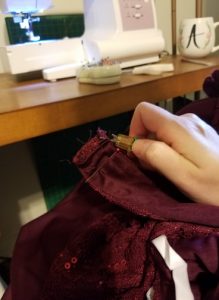 Because if I had not removed the stitches holding the shoulders together, I couldn’t have pulled the fabric up to sew it at a different spot so that it would be slightly smaller. If I didn’t remove the stitches in the sides of the prom dress, I couldn’t take the fabric in to make it smaller under the arms without there being a huge unsightly bunch in there. And who wants that?
Because if I had not removed the stitches holding the shoulders together, I couldn’t have pulled the fabric up to sew it at a different spot so that it would be slightly smaller. If I didn’t remove the stitches in the sides of the prom dress, I couldn’t take the fabric in to make it smaller under the arms without there being a huge unsightly bunch in there. And who wants that?
The same goes for writing sometimes. This year, I have been reworking a story I wrote back in 2008, before I had learned half of what I know now. And the premise is still good, but the plot was weak, the characters were flimsy, and the word count was minimal at the least. As I was trying to re-use what I had previously written in redoing a scene the other day, I kept struggling. How could I strengthen it? How could I incorporate the other ideas I had for it into the words I had on the screen?
I couldn’t.
I had to just scratch that scene and completely rewrite. And trust me, throwing out several thousand words isn’t without its own pain. But when the scene flows so much better afterword, it makes it worth it.
So, as you’re looking back over something you’ve written, and you know it’s okay, but not great, don’t be afraid to copy it into another document and start over again in the one you’re working in. Sometimes, seams and scenes have to be ripped out to make the finished project even better.
 Amy R Anguish, author of An Unexpected Legacy, grew up a preacher’s kid, and in spite of having lived in seven different states that are all south of the Mason Dixon line, she is not a football fan. Currently, she resides in Tennessee with her husband, daughter, and son, and usually a bossy cat or two. Amy has an English degree from Freed-Hardeman University that she intends to use to glorify God, and she wants her stories to show that while Christians face real struggles, it can still work out for good.
Amy R Anguish, author of An Unexpected Legacy, grew up a preacher’s kid, and in spite of having lived in seven different states that are all south of the Mason Dixon line, she is not a football fan. Currently, she resides in Tennessee with her husband, daughter, and son, and usually a bossy cat or two. Amy has an English degree from Freed-Hardeman University that she intends to use to glorify God, and she wants her stories to show that while Christians face real struggles, it can still work out for good.
Check out her new book, Faith & Hope, available now.
Follow her at http://abitofanguish.weebly.com or http://www.facebook.com/amyanguishauthor


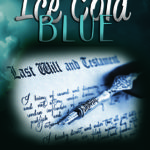







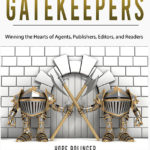







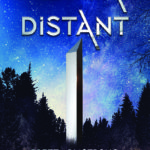

























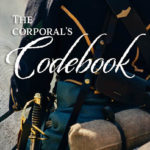


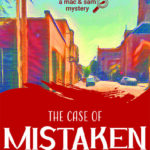
















































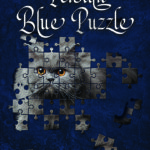












































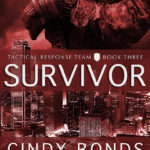




























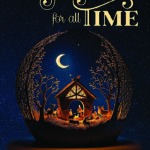








Great comparison. Thanks for the encouragement.